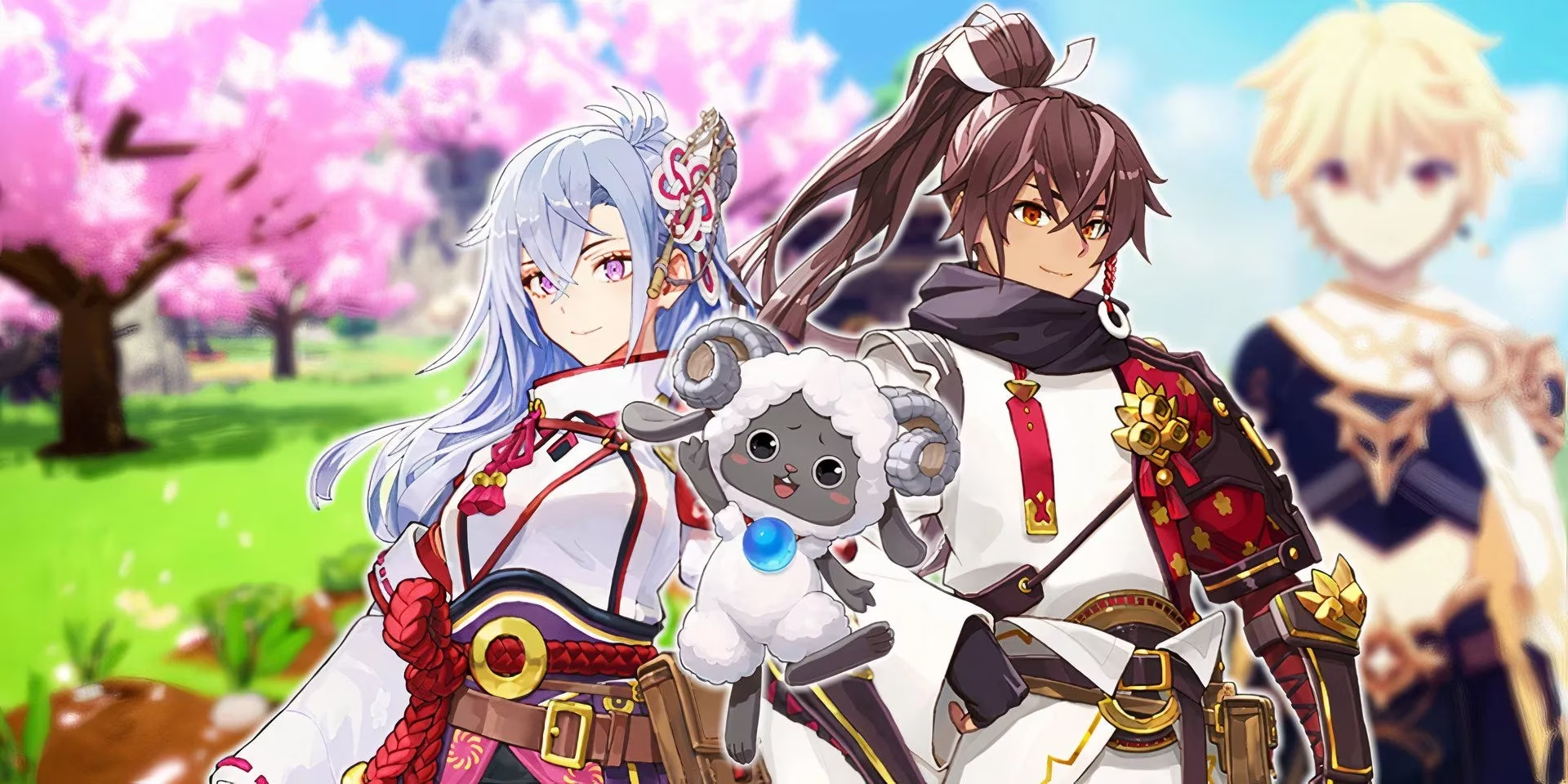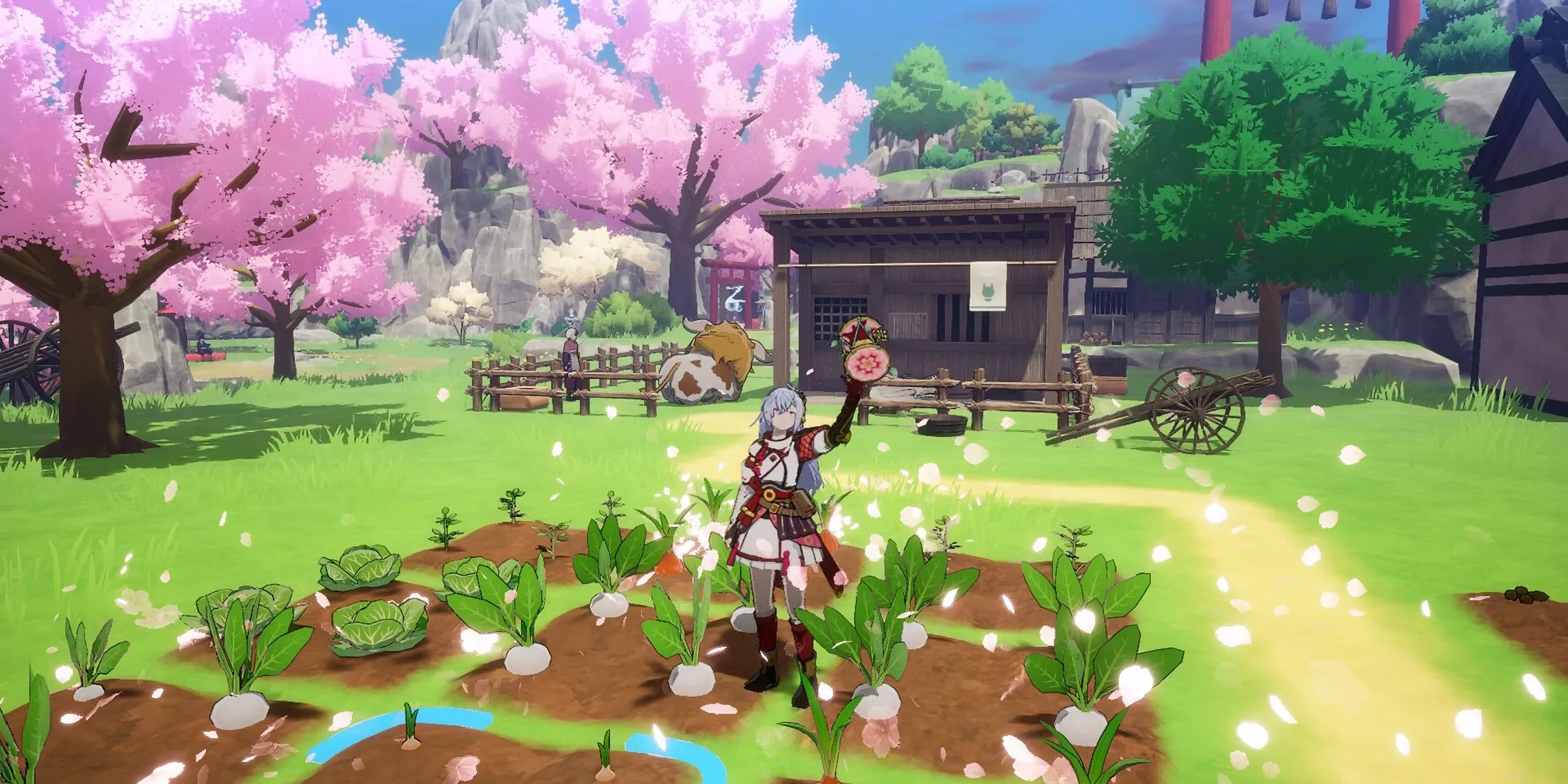Rune Factory: Guardians of Azuma Modernizes Visuals Amid Genshin Impact Parallels
Rune Factory: Guardians of Azuma's stunning anime-inspired visuals and Genshin Impact comparisons redefine the franchise, blending modern aesthetics with nostalgic charm.
The upcoming release of Rune Factory: Guardians of Azuma has sparked widespread discussion among fans and critics alike, particularly regarding its dramatic visual overhaul. Slated for release on June 5, 2025, across multiple platforms including PC and Nintendo Switch, the game represents a significant leap from the series' roots, embracing a sleek, anime-inspired aesthetic that inevitably draws comparisons to Genshin Impact. While the vibrant, cel-shaded graphics mark a departure from the rustic charm of earlier titles, developers Marvelous and publishers XSEED Games aim to revitalize the franchise with cutting-edge visuals suited to modern hardware capabilities. This evolution, however, has raised questions about whether the game risks losing the distinctive personality that defined its predecessors, trading nostalgic appeal for contemporary trends. 😊
Since its debut in 2006 as Rune Factory: A Fantasy Harvest Moon, the series has masterfully blended farming simulation with RPG elements, creating a unique niche that resonated with gamers seeking cozy escapism amid monster battles. Early entries like the original DS game featured a grittier, less saturated palette that set it apart from contemporaries like Harvest Moon, fostering a loyal fanbase through its distinctive visual identity. Over the years, from Rune Factory 1 to Rune Factory 5 (released in 2022), the games maintained a charmingly dated feel—think pixelated landscapes and character models that evoked warmth despite technical limitations. Yet, Guardians of Azuma signals a bold shift, abandoning that retro vibe for hyper-realistic yet cartoonish designs that align with today's gaming zeitgeist. This transformation underscores a broader industry movement toward anime-style visuals, but it leaves some wondering if the soul of Rune Factory has been diluted in the process. 🎮

Indeed, the parallels to Genshin Impact are undeniable. HoYoverse's free-to-play phenomenon didn't invent the cel-shaded look, but its accessibility and popularity have made it a benchmark for similar titles. Guardians of Azuma leverages this style with breathtaking landscapes and character designs that pop with color and detail—a stark contrast to the muted tones of Rune Factory 5. This isn't mere imitation; it's a calculated response to the realism-driven era ushered in by consoles like the PlayStation 5 and Xbox Series X|S, where many games opt for stylized art to stand out. As one analyst notes, 'The trend has been building since the late 2010s, with titles embracing cartoonish visuals as a counter to hyper-realism.' For younger audiences, Genshin serves as a cultural touchstone, making any resemblance feel familiar rather than derivative. Still, the question lingers: has the series sacrificed its unique essence for mass appeal?
Fans, however, are overwhelmingly optimistic. Early trailers showcase stunning environments inspired by Japanese culture, featuring torii gates, traditional architecture, and vibrant festivals that align perfectly with the new aesthetic. This cultural shift—moving beyond generic fantasy settings—adds depth to the gameplay, enhancing the farming and combat mechanics that remain core to the franchise. Positive reactions highlight how the visuals elevate the experience: 'It looks like a beautiful next step,' one enthusiast shared, emphasizing that the style complements the narrative rather than detracting from it. After all, Rune Factory has always used anime character art, so this update feels like a natural progression rather than a betrayal. If anything, it opens doors for future installments to explore diverse global influences, potentially refreshing the series' identity with each release.
People Also Ask: To address common queries:
-
Is Rune Factory: Guardians of Azuma too similar to Genshin Impact? While visually aligned, it's not a copy; the similarities stem from industry trends, not intentional mimicry.
-
What makes the new visual style different from previous games? It's crisper and more vibrant, ditching the dated charm for modern anime aesthetics.
-
How does the game's release date impact its reception? With a simultaneous June 5, 2025, launch on all platforms, accessibility is high, building hype.
-
Will the farming and RPG elements change? Core mechanics remain intact, blending cozy simulation with action-packed battles.

Critically, the visual upgrade isn't just about looks—it enhances immersion. Scenes like farming sequences now burst with life, using dynamic lighting and fluid animations to make mundane tasks feel engaging. Combat, too, benefits from the overhaul, with spell effects and character movements rendered in stunning detail that leverages current-gen hardware. This technical prowess, however, shouldn't overshadow the game's heart: it's still a Rune Factory title at its core, promising rich storytelling and the beloved mix of daily routines and epic quests. Developers have hinted that future games could adopt varied styles based on settings, making Guardians of Azuma a pivotal experiment in the franchise's evolution.
Ultimately, Rune Factory: Guardians of Azuma stands as a testament to the series' adaptability. By embracing modern trends, it risks alienating purists but gains potential to attract a wider audience. The key lies in balancing innovation with tradition, ensuring that the cozy RPG-farm sim fusion isn't lost in the dazzle. With June 5 fast approaching, anticipation is palpable. So, why wait? Pre-order now to dive into this enchanting world and see where the journey takes you next! 🌟
